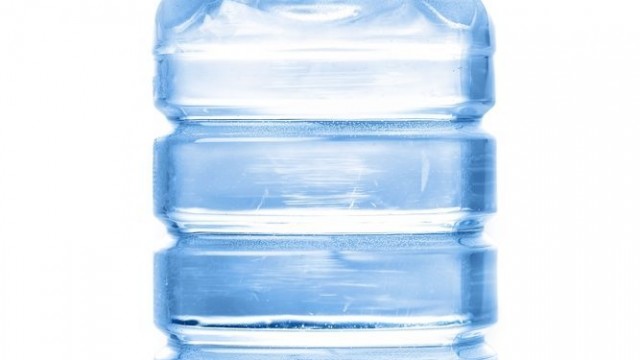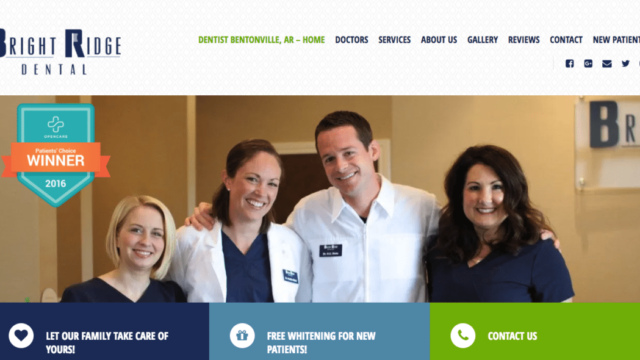Did you know that bottled water can actually contribute to tooth decay? Everybody knows that sugar “rots” your teeth… But bottled water? Acid is actually what causes cavities, and acid is a by-product of sugar breaking down in the mouth. So while bottled water may be a sugar-free beverage, its acidity can still damage your teeth!
Acid is the means by which the protective enamel on your teeth demineralizes and succumbs to a “cavity.” This often occurs first in hard to clean places like the pits on the top of your back teeth or between your teeth. Don’t floss much? Well then you better listen up!
It’s Not Rocket Science- It’s Chemistry!
Without taking you on bad trip back to high school chemistry, let’s talk a little bit about the pH scale. Neutral pH is 7 (pH is a measure of a liquid’s acidity at 1-7, and alkalinity at 7-14). Tooth decay begins at a pH of 5.5. Any pH less than 5.5 can be thought of as the “danger zone.” Take a look at the pH of some common beverages on the graphic to the right. That “cup of joe” in the morning is a singular acid attack, but sipping on coffee all morning long can lead to extended time in the danger zone and cause some serious damage to your teeth, especially if you add sugar or creamer! We can bleach away the coffee stains, but we can’t repair that enamel once a cavity takes hold!
The crux of the acid-tooth decay phenomenon is the frequency and concentration of acid consumption. Chugging a gallon of orange juice every morning might give you a head start on type II diabetes, but it would theoretically do less damage to your teeth than consuming one eighth of that amount sipped slowly over several hours. While bottled water can pose a threat due to its inherent acidity, juices, soft drinks, sports drinks, and candy pose a double threat- They pair inherent acidity with a LOT of sugar. Simple sugars such as sucrose and fructose may be all-natural, but they are readily fermented to acid in the mouth. Acid fermentation is the metabolic process by which bacteria breakdown simple sugars into energy for themselves and a waste by-product, acid. It takes only 7 minutes after consuming sugar for the mouth’s pH to drop below 5.5 and the cavity process to begin!
It’s a common misconception that some people were “just born with bad teeth.” While there are some genetic factors that influence saliva production, specific populations of oral bacteria present, and systemic diseases contributing to tooth decay, dental disease (cavities) is an entirely preventable disease. What we see and treat is primarily a lifestyle disease… A disease that occurs due to poor dietary and oral hygiene decisions. So do yourself a favor… Stop relying on your toothbrush alone to fight cavities and make healthier dietary decisions for both your body AND your mouth!
* This article was written by Dr. Kristian Dietz, DDS for the Wellness Corner segment of Shadow Valley Living.



